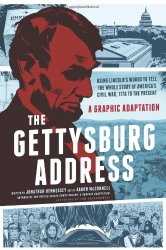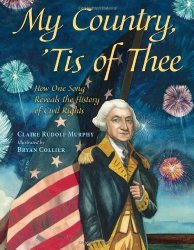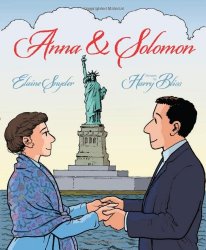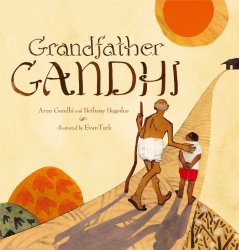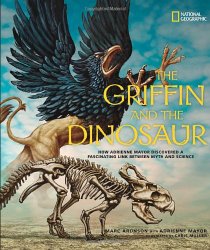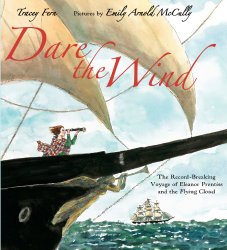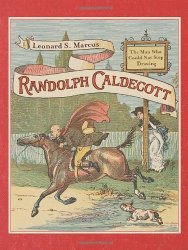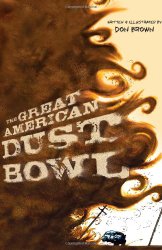Review of Viva Frida, by Yuyi Morales
by Yuyi Morales
photography by Tim O’Meara
A Neal Porter Book, Roaring Brook Press, 2014. 36 pages.
I didn’t expect to fall for this book, despite the glowing reviews I’d read. However, the descriptions didn’t prepare me for what this book does.
Now it’s my turn to attempt to explain this book’s genius. This book is not a biography, not even a picture book biography. It’s an inspirational, symbolic text, based on the life and work of Frida Kahlo. The Author’s Note at the back is longer than the main text of the book, which is presented one or two words on a spread, in both English and Spanish.
The photographic illustrations mostly (but not all) feature puppets of Frida Kahlo, her pets, and her husband Diego Rivera. The same puppets are not used in each spread, since Frida’s expression changes.
The story is mainly told with pictures and shows Frida finding a locked box and her monkey finding the key. Inside is a skeleton puppet, which she plays with.
The next sequence begins with “I dream.” We see Frida, now as a painted paper cutout, wearing winged boots, flying through the air, and helping a wounded deer.
As you can tell by my struggle to describe it, everything in this book is highly symbolic. The end result is beautiful and inspiring.
I also suspect that young children, who aren’t necessarily as hung up on understanding every word, will be all the more inspired by this book. In fact, I would love to talk with a group of children about what they see in the pictures. I have a feeling they would come up with many things that I have missed.
Find this review on Sonderbooks at: www.sonderbooks.com/Picture_Books/viva_frida.html
Disclosure: I am an Amazon Affiliate, and will earn a small percentage if you order a book on Amazon after clicking through from my site.
Source: This review is based on a library book from Fairfax County Public Library.
Disclaimer: I am a professional librarian, but I maintain my website and blogs on my own time. The views expressed are solely my own, and in no way represent the official views of my employer or of any committee or group of which I am part.

